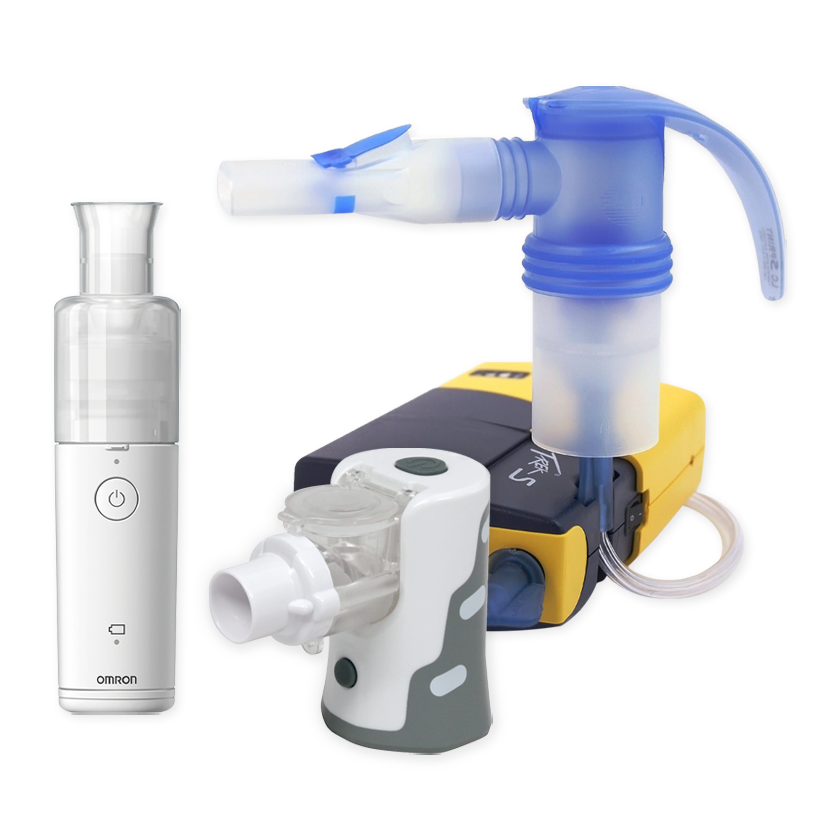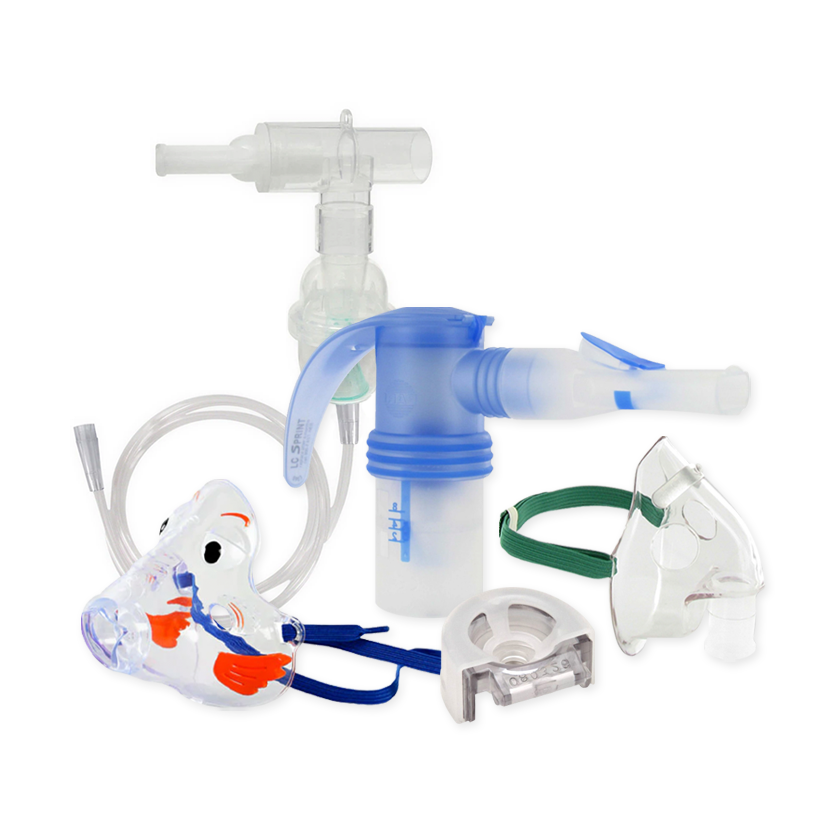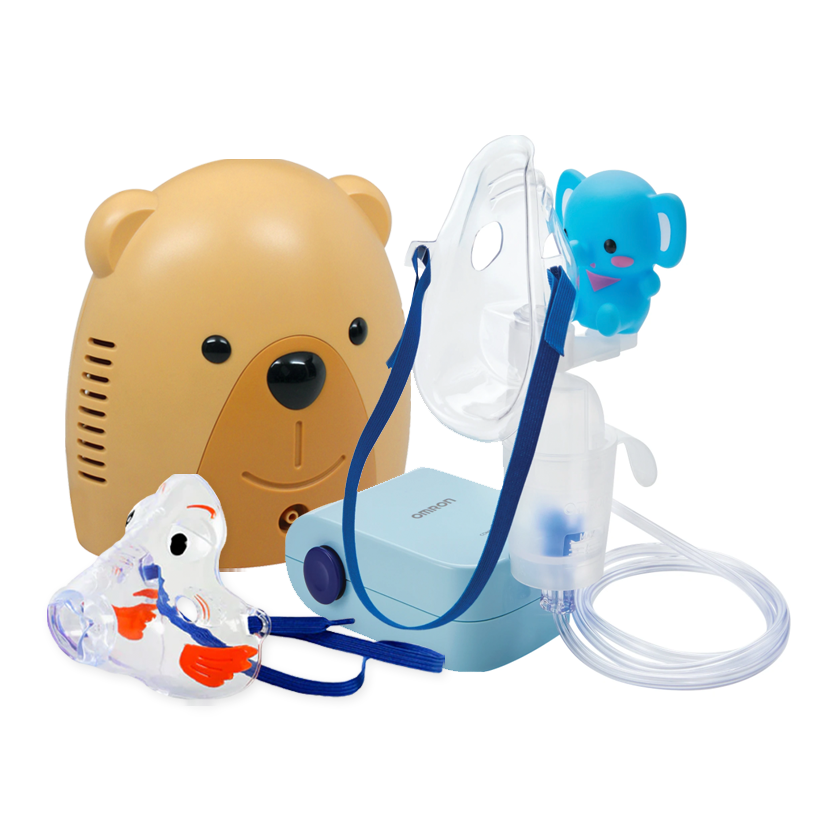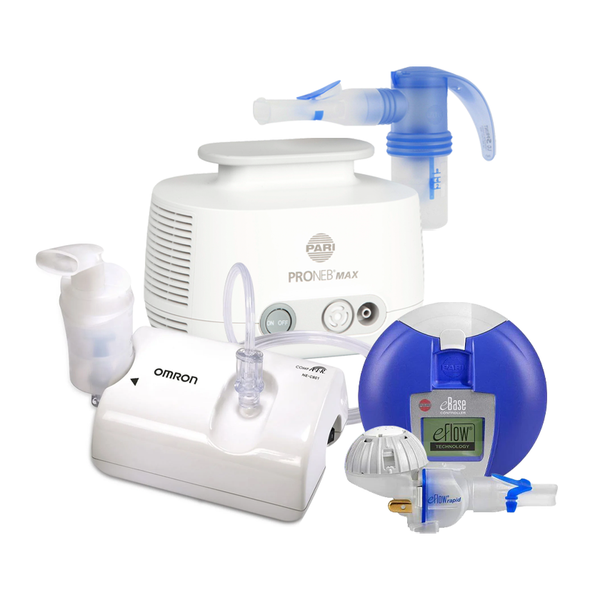Your Cart is Empty
Choosing a Nebulizer - Tips - justNebulizers.com
Things to Think About
- If it’s for a child you should consider buying equipment designed for kids with colorful or playful themes. If it’s for an infant you may need to make sure you have an infant inhalation mask or other necessary accessories.
- Portability and battery packs are important if you're frequently on-the-go.
- Some manufacturers design nebulizer accessories to be compatible only with their own products. Make sure you are buying the correct parts.
- Most nebulizer products require regular maintenance and cleaning. For accessories like nebulizer cups, mouthpieces, tubing, or compressor air filters; there are recommended periods of use, after which the product may lose its effectiveness. Be sure to stay aware of which items are reusable or disposable and how often these items need to be replaced.
- Sterilization and cleaning of respiratory products is very important to ensure you get the most out of the products and receive the best level of treatment. Be mindful of how to store an item between uses.






